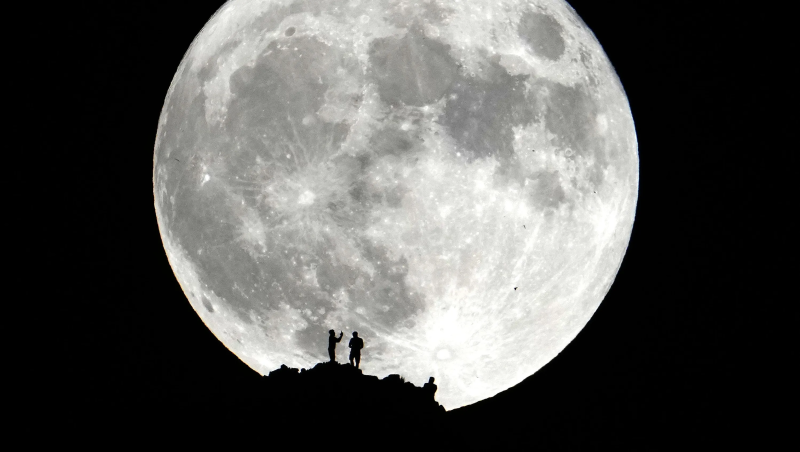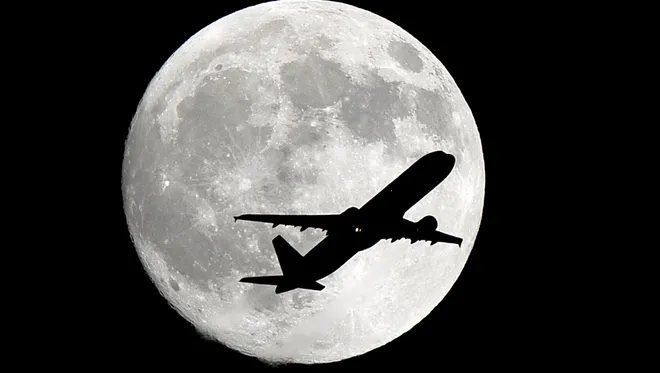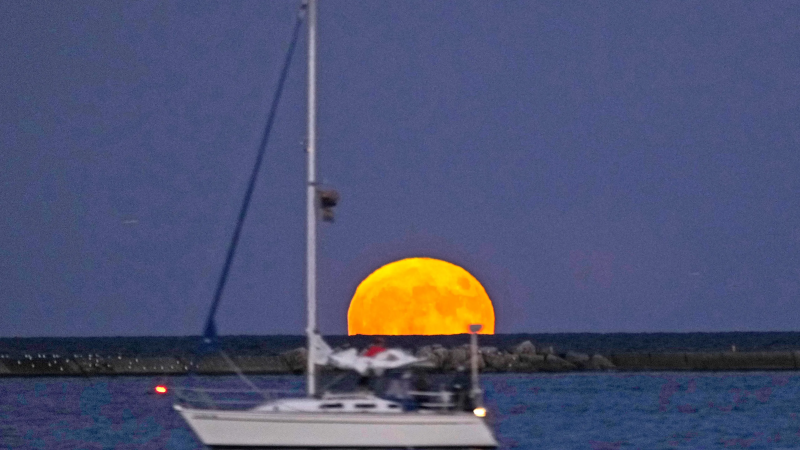September harvest moon: Thursday's full moon will be final supermoon of 2023
The fourth and final supermoon of 2023 will be visible after sunset Thursday, capping off a summer full of big, bright full moons.
A supermoon happens when the moon is at or near its closest point to Earth in its orbit. During those times, the moon can appear larger and to shine brighter than at other points in its cycle.
This year's harvest supermoon will reach peak illumination at about 6 a.m. ET on Friday after rising in the previous night sky, according to the Farmer's Almanac. It will be visible Friday evening, too.
Thursday's full moon is called the harvest moon, because it's closest to the autumnal equinox, which was Sept. 23. Farmers and other skywatchers also call September's full moon the corn moon, signifying end-of-summer harvests.
Most years the harvest moon happens in September, but every three years it falls in October, so, not every full corn moon is a harvest moon.
Is it in the stars? Free Daily and Monthly Horoscopes
Stargazers who miss this week's supermoon will have to wait about another year for the next supermoon to grace the night sky late in summer 2024.

Why is it called the 'harvest' moon?
The harvest moon's name has long been tied to when crops need to be picked from the fields.
"In the days before tractors with headlights, having moonlight to work by was crucial to getting the harvest in quickly before rain caused it to rot," said Alan MacRobert, an editor at Sky & Telescope magazine.
Many crops ripen in late summer and early autumn, so farmers were extremely busy at this time of year and had to work after sundown, according to NASA. Moonlight became an essential part of farming, and the harvest moon was born.
The Oxford English Dictionary cites 1706 as the first year the term harvest moon was published, NASA said.

2023 had 4 supermoons
Thursday's supermoon is the last of four consecutive supermoons in 2023:
- July's buck moon
- August's sturgeon moon
- August's blue moon
- September's harvest moon
A blue moon is the second of two full moons in a single month, and August's blue moon was especially rare, because it was also a supermoon. NASA says the next super blue moon won't come for another 14 years, when a pair will grace the night sky in January and March 2037.

Contributing: Christopher Cann, USA TODAY; Joyce Orlando, Nashville Tennessean
Disclaimer: The copyright of this article belongs to the original author. Reposting this article is solely for the purpose of information dissemination and does not constitute any investment advice. If there is any infringement, please contact us immediately. We will make corrections or deletions as necessary. Thank you.






